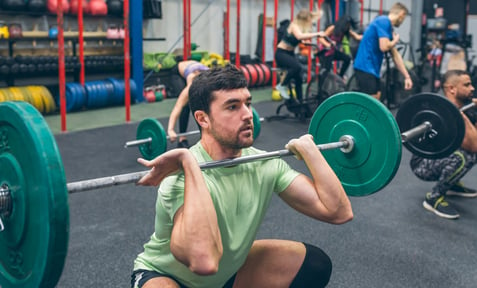 Olympic weightlifting is one of the oldest sports that is still around to this day in the Olympics. Over time the sport has evolved to what it is today, and there are more participants at the national-level events here in the US than ever before. With the help of CrossFit, the weightlifting community has grown substantially in the last decade. Still, however, not many people know of Olympic weightlifting and how to get started in the sport.
Olympic weightlifting is one of the oldest sports that is still around to this day in the Olympics. Over time the sport has evolved to what it is today, and there are more participants at the national-level events here in the US than ever before. With the help of CrossFit, the weightlifting community has grown substantially in the last decade. Still, however, not many people know of Olympic weightlifting and how to get started in the sport.
Who Should Olympic Lift?
Everyone! Olympic weightlifting is for everyone. In a previous blog post, I wrote about the benefits of learning and practicing the Olympic lifts. To sum it up, the benefits are learning a new skill, strengthening the muscles, having goals to work toward, and competing in a fun and welcoming environment. If you are a former athlete and have been missing that competition feeling, weightlifting might be for you. In America, you have the opportunity to lift in small local meets, state meets, larger national meets, and even international competitions if you have what it takes to qualify. The weightlifting community is full of fun, positive, and energetic people who are all there for the same reason. Once you commit to learning the lifts, the next step is to find a coach.
Why You Need a Coach
One of the most important things you can do when starting to learn the Olympic lifts is to find an educated and certified weightlifting coach. Weightlifting has one of the lowest injury rates of all the Olympic sports. However, if you don’t learn proper technique early on, you are more likely to injure yourself. Looking into the future, after proper technique teachings, a coach will give proper programming. A well-thought-out and structured weightlifting program will increase the length of your weightlifting career and ensure proper progressions.
If your goal is to compete in Olympic weightlifting, finding a coach will be crucial to your success not only as you prepare for the competition, but also at the competition. Competitions are fast paced and require more thought than just lifting the weight when it is your turn. There is a lot of planning that happens for competitions, from timing your warmups to counting the number of attempts until you must be on the platform. Having a coach makes the whole experience less stressful for the athlete and makes it go a lot more smoothly. A coach who knows their athletes will be able to motivate and push you to levels you did not know you could reach.
How to Find a Coach
Weightlifting gyms and coaches can be found on USA Weightlifting’s website. You can also do a quick Google search for barbell clubs in your area. You will most likely come across some CrossFit boxes as well. Make sure you find a coach that is certified through USA Weightlifting to ensure you that your coach has gone through the necessary trainings for technique and safety. Just like any other sport, you can be a self-taught lifter. However, learning proper techniques from the beginning will extend your career in the sport.
What Now?
After you have found a certified and experienced weightlifting coach that you trust, it is time to put in the work. Olympic weightlifting is not a sport that you will pick up overnight. It takes hours and hours of intentional practice to master this sport. The athletes at the very top have been training since they were young kids. You should set your goals accordingly and never compare yourself to the athletes that are competing at the highest level. If you trust the process and work hard, you will see progress and become the best version of yourself.
This blog was written by Evan James, NIFS Exercise Physiologist EP-C, Health Fitness Instructor, and Personal Trainer. To learn more about the NIFS bloggers, click here.


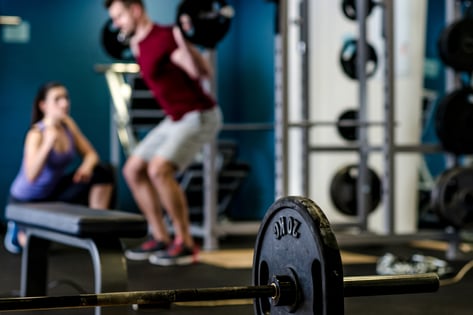 If you are an athlete, powerlifter, or just a person who loves to see progress, you might want to try out cluster set training. This is an advanced type of training designed to get you stronger faster than traditional set training.
If you are an athlete, powerlifter, or just a person who loves to see progress, you might want to try out cluster set training. This is an advanced type of training designed to get you stronger faster than traditional set training. 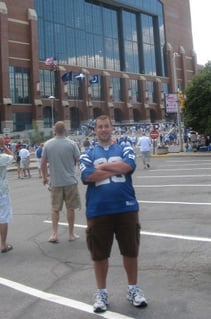
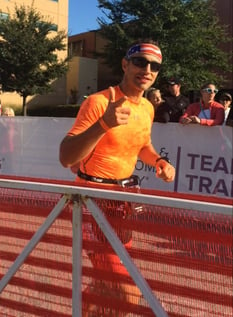 Longtime NIFS Mini-Marathon Prog
Longtime NIFS Mini-Marathon Prog

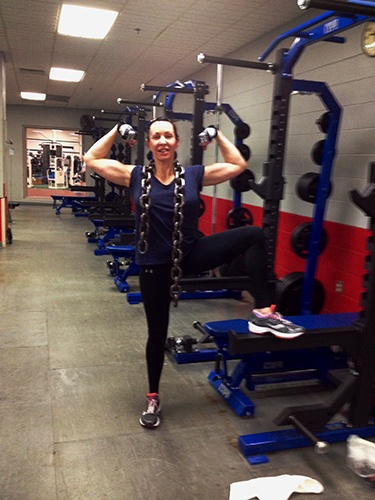 Working with phenomenal people is one of my favorite perks as a fitness professional. I often share that I have the best job on the planet because I get to spend time with just fantastic people. Witnessing the successes, the defeats, the comebacks, and the emotional victories is why I do what I do.
Working with phenomenal people is one of my favorite perks as a fitness professional. I often share that I have the best job on the planet because I get to spend time with just fantastic people. Witnessing the successes, the defeats, the comebacks, and the emotional victories is why I do what I do. 
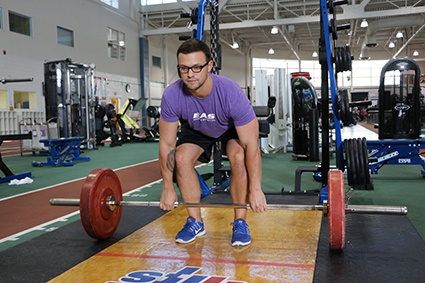 At times you may hear somebody at the gym or fitness center saying, “I don’t want to look like a bodybuilder,” or “I don’t want to be a powerlifter.” That’s great! That person knows their goals and also what they want to avoid. However, don’t let your specific goals cause you to have myth-generated fears of certain exercises.
At times you may hear somebody at the gym or fitness center saying, “I don’t want to look like a bodybuilder,” or “I don’t want to be a powerlifter.” That’s great! That person knows their goals and also what they want to avoid. However, don’t let your specific goals cause you to have myth-generated fears of certain exercises.